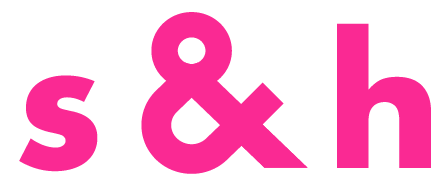Take A Bow, Offices
The End of Office Theater
Everyone has spent the past months adapting to a remote lifestyle—remote working, remote learning, remote shopping, remote everything. Many people consider this temporary and believe everything will return to normal in the post-pandemic world. Our signals suggest another story.
Even after the significant reduction in cases of COVID-19, Chinese office vacancy rates in major cities are still at their highest since the 2008 global financial crisis. Since 2008, improvements to internet bandwidth, video meeting apps, and collaborative co-working tools continue to expand virtual connectivity. These tools allow employees and jobseekers new opportunities to connect with work. Statista projects that in 2027, 86.5 million people will be freelancing in the U.S. and will make up 50.9 percent of the total U.S. workforce. With millions already working for themselves and tens of millions aiming to do so within the next five years, it’s apparent that the U.S. and the world are undergoing a permanent shift in the way we work.
In our Culture Briefing, Cultural Anthropologist and Author Grant McCracken said, “Office presence was theater. Theaters perform to satisfy the egos. In fact, nobody needed to dress up and go in. That was done for purposes other than the purely rational and utilitarian, and those people are now saying ‘no.’ My company is asking me to go back and my answer is ‘no.’”
Of course, this deepening digital divide only furthers our Element of Culture Income Gap. Those who can work, learn, and live digitally in the COVID-19 crisis tend to have higher income lifestyles.
A New Sobriety
Drinking is going out of style. The percentage of drinkers worldwide has decreased by almost five percent since 2000, from 47.6 to 43.0, according to the World Health Organization. With the rise of sober living and the expansion of the wellness sphere, younger drinkers are now showing more of a preference for lighter drinks like hard seltzers. In fact, these drinks have effectively crossed over into the mainstream. Hard seltzer consumption is expected to triple by 2023.
In our Culture Briefing, New Sobriety ranked the top Element of Culture in our Zeitgeist Map. This showcases how consumers are proudly adopting more mindful choices. A nonprofit organization called Sober Movement, which promotes sobriety “as a lifestyle,” has more than 22,000 Facebook followers. Catering to this shift, brands and bars are layering on healthy ingredients as premium add-ons and repositioning hard seltzers as health-conscious choices that don’t mean missing out on social experiences. “We are seeing the premiumization of seltzer flavors and ingredients. We’re starting to see things like botanicals and adaptogens move into the seltzer category,” said Olivia McLean, director of cultural strategy.
Moving forward, a healthy label may not be enough for new seltzers to differentiate themselves in this increasingly crowded space. Drinking is not just drinking: it has also been a significant indicator of luxury, regardless of your social class. However, the definition of “luxury” is evolving from exclusivity to a set of values or virtue signals that reflect people’s good morals, tastes, or affiliation with a unique tribe. Something & Nothing seltzers, advertising to the “culturally curious”, promote a network of artists, makers, and thinkers. The company shows how branding is crucial in representing drinkers’ (especially millennials’ and Gen Z’s) desired self-image.
Doing Good and Doing Great
PayPal has directed tens of millions of dollars to increasing worker salaries and has pledged that employees would be safe from COVID-19-related layoffs, including their lowest-wage workers now considered “essential.” Chobani has also raised its starting hourly wage. With wavering government responses, brands have tapped into empathy as a market distinguisher. This relates to our Element of Culture, Brand Activist, which tracks brands stepping into spaces previously reserved for advocacy or political groups.
There is no shortcut to brand empathy. It has to reach and bind together every heart—from customers to employees, from shareholders to stakeholders. “Experiencing COVID-19, we realized that the single biggest concern today is the idea of empathy. Having empathy for your own employees going through this, empathy for your consumers, I think those brands that do this are the ones that are going to be remembered, whether we’re talking purpose or social responsibility,” added Mark Burgess, president of Blue Focus Marketing, in our Culture Briefing.
Brands have the potential to go from doing good things to doing great things by setting up collaborative platforms and infrastructures to generate larger impact. Most global issues are difficult for individual companies to take on. Can companies unite and pool all their resources? This just might be the next iteration of Corporate Social Responsibility.


